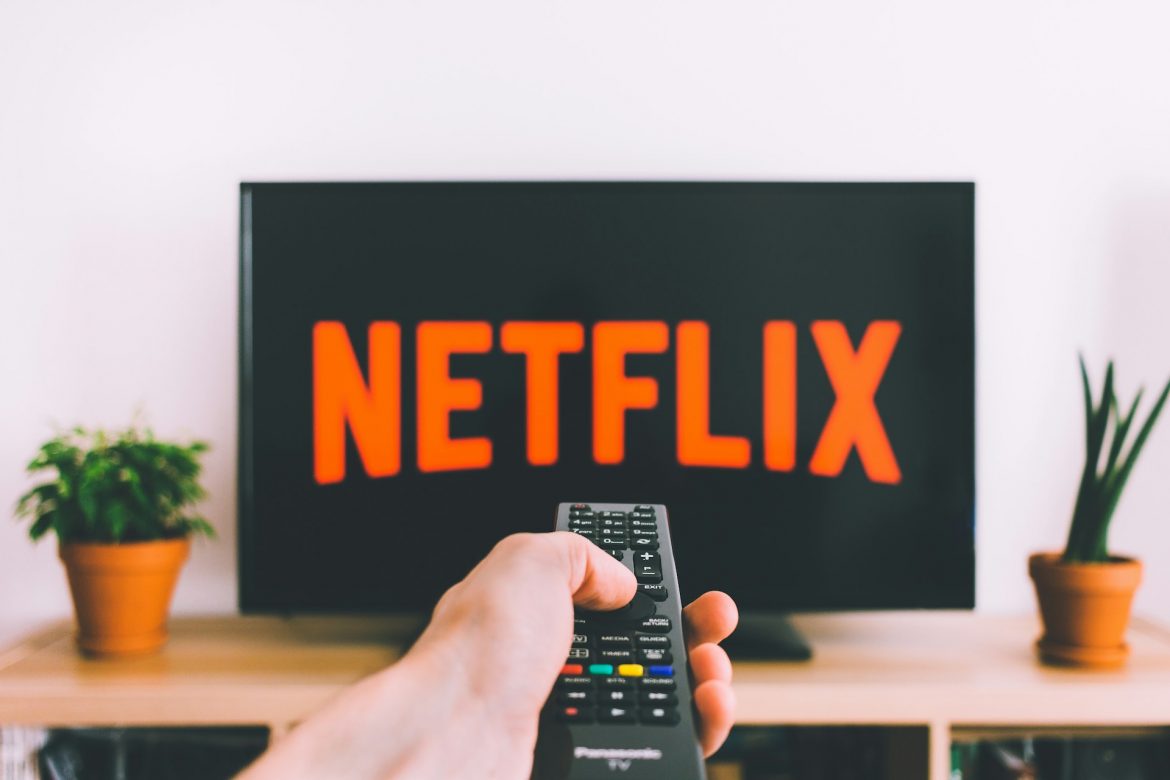In the world of entertainment, streaming services have become the new norm. These platforms, like Netflix, Amazon Prime Video, and Disney+, have changed the way we watch TV shows and movies. Let’s dive into how streaming services rose to fame and what the future might hold for them.
The Beginning of the Streaming Era
Streaming services started as a convenient alternative to traditional TV and movie rentals. With the internet becoming more accessible, platforms like Netflix quickly gained popularity by offering a wide range of shows and movies at the click of a button. The convenience of watching your favorite content anytime, anywhere, without ads, became a game-changer.
The Boom of Streaming Platforms
As more people began to prefer streaming over cable TV, many companies jumped into the fray. Services like Hulu and Amazon Prime Video started to offer unique and diverse content, including original series and films. This competition not only increased the options available to viewers but also pushed the quality of content to new heights.
The Impact on Traditional Media
The rise of streaming services has had a significant impact on traditional media. Cable TV subscriptions have seen a decline as more people cut the cord, preferring the flexibility and variety offered by streaming platforms. Movie theaters, too, have felt the pressure, with some films now premiering directly on streaming services.
What’s Next for Streaming Services?
As we look to the future, several trends seem likely to shape the next phase of streaming services:
Increased Competition
With more players entering the market, like Apple TV+ and Peacock, competition is set to intensify. This could mean even more diverse and high-quality content for viewers, but it may also lead to subscription fatigue.
Interactive and Immersive Content
Streaming services are experimenting with interactive content, where viewers can make choices that influence the story, like Netflix’s “Bandersnatch.” Advances in technology could also lead to more immersive viewing experiences, possibly integrating virtual reality.
Global Content Expansion
Streaming platforms are increasingly investing in international content to attract a global audience. This not only brings diverse storytelling to the forefront but also opens up new markets for these services.
Bundling Services
To combat subscription fatigue, some companies might offer bundled services. For example, Disney offers a bundle that includes Disney+, Hulu, and ESPN+. This trend could make subscriptions more appealing and manageable for consumers.
Conclusion
The rise of streaming services has revolutionized the entertainment industry, offering unprecedented convenience and choice to viewers. As the landscape continues to evolve, we can expect more innovation, competition, and diversity in the content available. The next chapter for streaming services looks as exciting as the latest binge-worthy series.




